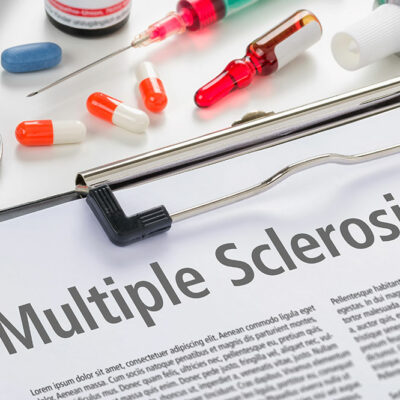5 mistakes to avoid while moving to a new home

Moving homes can be a stressful endeavor. With several jobs to manage simultaneously, it can get overwhelming. From packing to hiring professional movers, every task needs to be handled properly to ensure a smooth move with as few problems as possible. One way to ensure a hassle-free relocation is to avoid several common mistakes while moving. This article lists a few common mistakes one can try to avoid while moving.
Not planning well
A common mistake many commit is not planning the move adequately. To ensure a smooth relocation, one can start by making a checklist of important tasks. These tasks can be ones that need to be accomplished prior to moving as well as after moving. A detailed checklist will help avoid missing crucial details, such as remembering to switch off utilities in the previous house or applying for an address change at the post office.
Packing at the last minute
Irrespective of whether one is moving from a bigger house or a smaller space, it’s a blunder to put off packing until the last minute. Not spacing out the relocation process over a few days or weeks may lead to chaos and disorganization. This means there will not be enough time to be careful with one’s possessions. Only the daily and everyday use stuff must be packed at the last minute. For the rest of the possessions, it’s recommended to start packing the less frequently used rooms and spaces first. This approach can help ensure a smoother and more organized move.
Booking professional movers at the last moment
It’s crucial to book professional movers well in advance to avoid unnecessary stress and issues. Delaying the booking process may result in the unavailability of highly-rated moving companies, as they may be fully booked on the day of the move. This can force one to work with any available moving company, which may not be reliable and could potentially make a mess of the entire moving process. Additionally, last-minute bookings may come at a higher cost due to limited options available. It’s always better to plan ahead and book trustworthy moving companies in advance to ensure a smooth and stress-free move.
Forgetting to unpack the essentials boxes
After stepping into the new house, the first thing to do is unpack all the boxes containing the essential items. These are like survival kits that one will need immediately and for daily use. These boxes should be labeled appropriately, such as “Open First Box,” as they contain items that one will need immediately. These items usually include toiletries, prescriptions, and bedroom essentials.
Not paying for moving insurance
Moving can be risky, as high-value items may get damaged or lost during transit. Therefore, it is crucial to have moving insurance. This will compensate for any potential financial losses one may incur during the relocation due to a moving company error. Most moving companies include insurance in their contract. In case the company one hires does not have moving insurance, it can be paid for through a third-party insurance provider.










